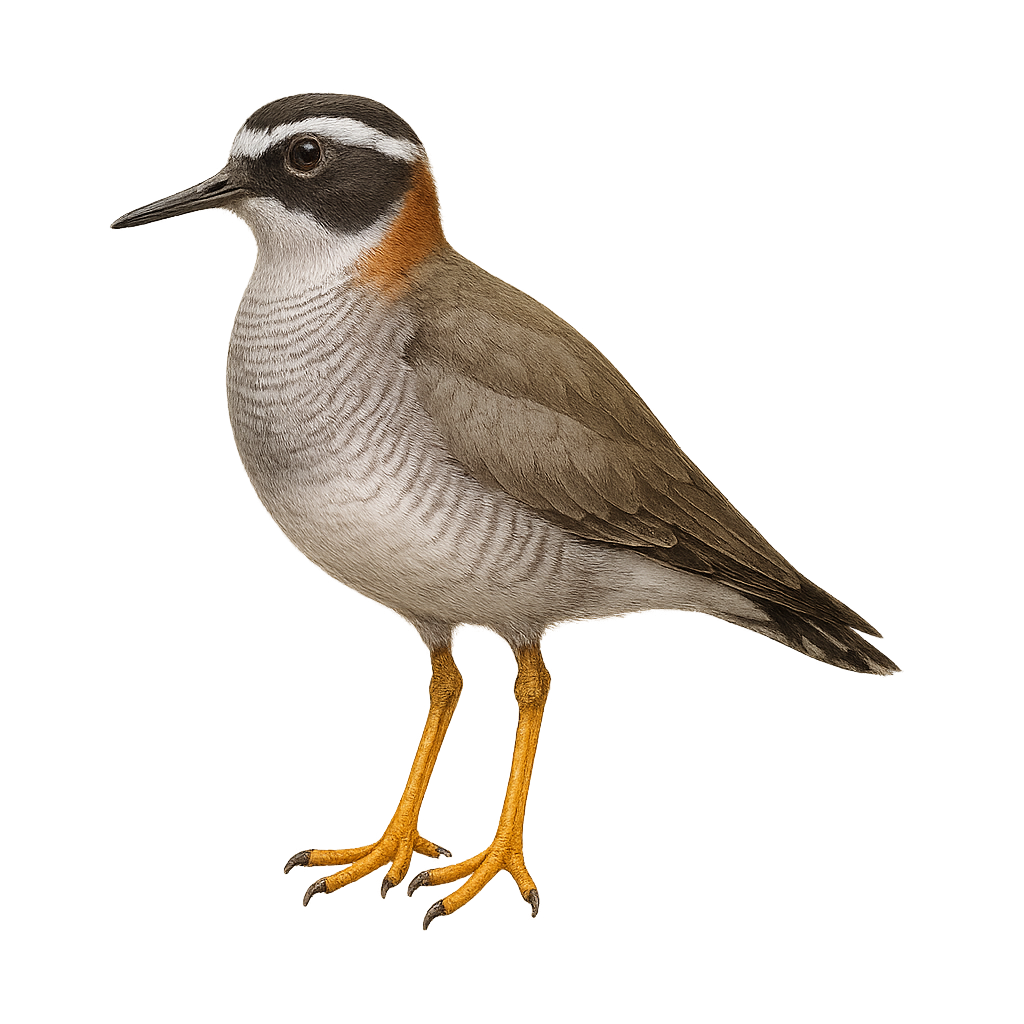Your wildlife photography guide.
Explore the diademed sandpiper-plover in detail, study its behavior, prepare your shots.
Where to observe and photograph the diademed sandpiper-plover in the wild
Learn where and when to spot the diademed sandpiper-plover in the wild, how to identify the species based on distinctive features, and what natural environments it inhabits. The WildlifePhotographer app offers tailored photography tips that reflect the diademed sandpiper-plover’s behavior, helping you capture better wildlife images. Explore the full species profile for key information including description, habitat, active periods, and approach techniques.
Diademed Sandpiper-Plover
Scientific name: Phegornis mitchellii

IUCN Status: Near Threatened
Family: CHARADRIIDAE
Group: Birds
Sensitivity to human approach: Suspicious
Minimum approach distance: 10 m
Courtship display: November to December
Incubation: 22-24 jours
Hatchings: November to January
Habitat:
High-altitude wetlands, alpine meadows
Activity period :
Primarily active during the day, with peak activity in the morning and late afternoon.
Identification and description:
The Diademed Sandpiper-Plover, or Phegornis mitchellii, is a rare and fascinating bird of the Andes, known for its subtle beauty and unique habitat. This small bird, measuring about 16 cm in length, features a grey-brown plumage with a distinctive white band on the forehead and a rufous chest. It primarily inhabits high-altitude wetlands, often above 3000 meters, where it feeds on insects and small invertebrates. Its behavior is generally suspicious, making it difficult to observe. The breeding season is closely linked to the rainy seasons, as food resources become more abundant. Although its conservation status is concerning, efforts are underway to protect its fragile habitat.
Recommended lens:
400 mm – adjust based on distance, desired framing (portrait or habitat), and approach conditions.
Photography tips:
To photograph the Diademed Sandpiper-Plover, it's essential to prepare for high-altitude conditions. Bring a 400mm or longer telephoto lens to capture detailed images without disturbing the bird. The best times for observation are early morning or late afternoon when the light is soft. Wear warm and waterproof clothing, as the weather can be unpredictable. Be patient and discreet, using camouflage techniques to blend into the environment.
The WildlifePhotographer App is coming soon!
Be the first to explore the best nature spots, track rutting seasons, log your observations, and observe more wildlife.
Already 1 431 wildlife lovers subscribed worldwide

